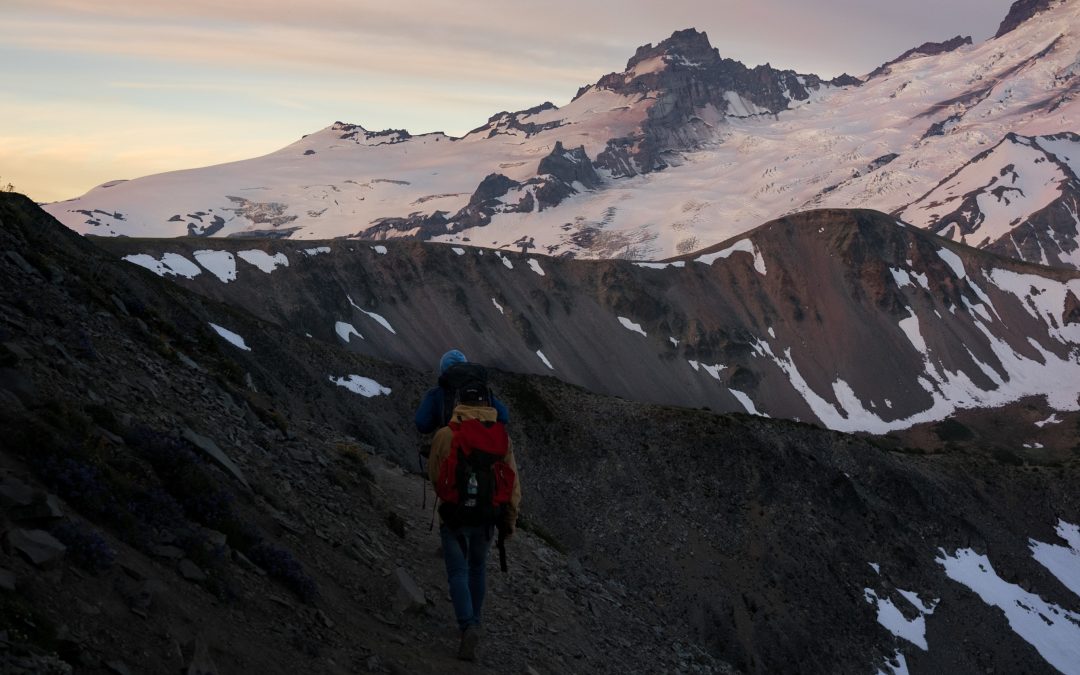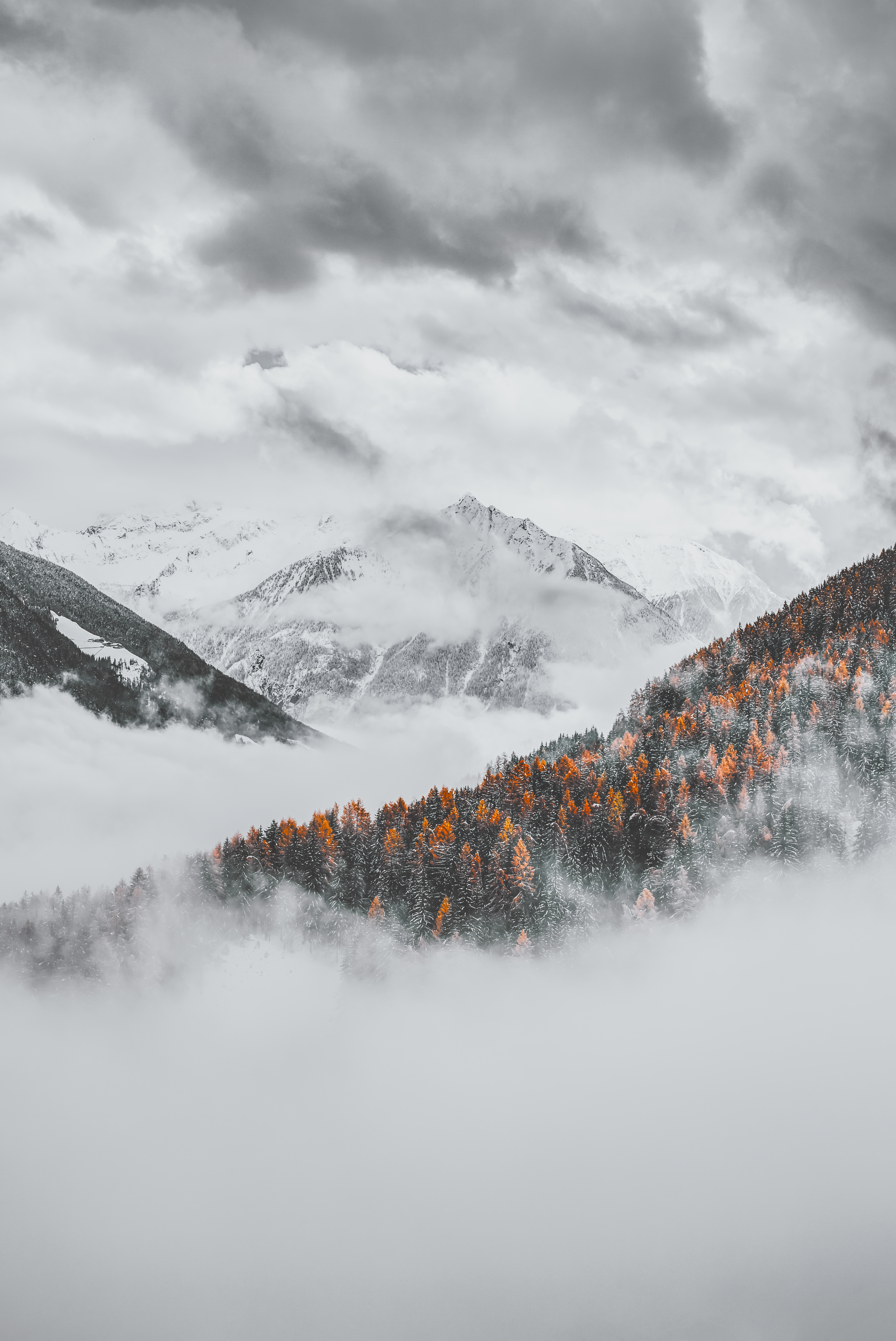Hiking is a fantastic way to get out into nature and be active during spring, summer, and fall. But once winter rolls around, it can seem daunting to face the freezing weather and icy conditions. However, there’s no reason to let the cold stop you from seeing the gorgeous majesty of nature in winter. The first step to an enjoyable winter experience is having the right equipment and an understanding of proper layers. Remember that base layers keep you warm, and outer layers—or shell layers—keep you dry. Here are seven other essential winter hiking items to make your excursion comfortable and safe:
Winter Boots are a must. Good winter boots are waterproof and ensure that no snow creeps into your socks. The last thing you want while hiking are frozen toes. In addition to boots, wool socks or moisture wicking synthetic socks will help keep your feet warm as well as dry.
Gaiters are waterproof coverings that slip over your boots and ankles, adding an extra layer of protection from ice and snow. If you plan on hiking in deep snow, gaiters are essential.
Shoe Additions might be necessary depending on the hiking conditions. Grips that strap to the bottom of your boot soles can increase traction, which is helpful if you are hiking in icy conditions or on paths that have frozen over. Snowshoes might be necessary if you are hiking in deep snow. Snowshoes are worn over your boots, and they help distribute your weight so you don’t sink into the snow.
Thermal Pants and Shirts are perfect for base layers. They are usually made of a thin, synthetic material, specially formulated to keep you warm without being bulky, so you can add more layers on top.
Winter Pants and Jackets protect against snow and moisture, but they also have to be comfortable. Since most waterproof materials don’t have a lot of stretch, it’s important to find pants and a jacket that have the right fit and still hold up against the elements.
Gloves should also have a base layer and a shell layer. Wear a good pair of thin gloves underneath a larger pair of waterproof winter gloves or mittens.
Hats, Caps, and Earmuffs do more than just keep your ears warm. A massive amount of body heat is lost through the head, so covering up helps maintain heat in the rest of your body as well. Avoid cotton-based hats, since they don’t trap heat and take a while to dry. Instead, wear fleece or merino wool.
Being prepared and dressed for the elements will help make your winter hike safe and fun. Winter is a wonderful time to get out and see the beauty of nature, and proper gear makes the difference between a miserable hike and an incredible experience.
PRO TIPS
- Wear black clothing. Black absorbs more light than any other color, which means it retains more heat from the sun. Even a few degrees of extra warmth can be helpful in cold weather, so consider black pants or gloves when purchasing winter gear.
- Carry your water in a wide mouth bottle. This helps prevent your water from icing over when hiking in freezing temperatures.
- Wrap duct tape around any metal you plan on bringing. Water bottles and propane canisters can be dangerous in freezing conditions, especially if they are handled without gloves. Duct tape acts as an insulator to guard against cold burn and frostbite.
—Sarah Stuehser


